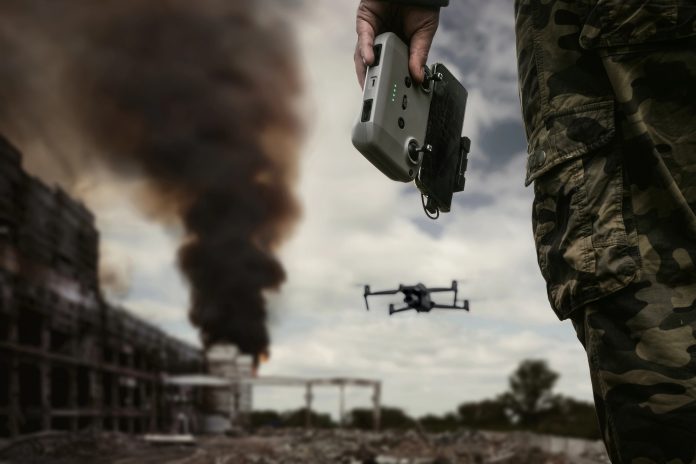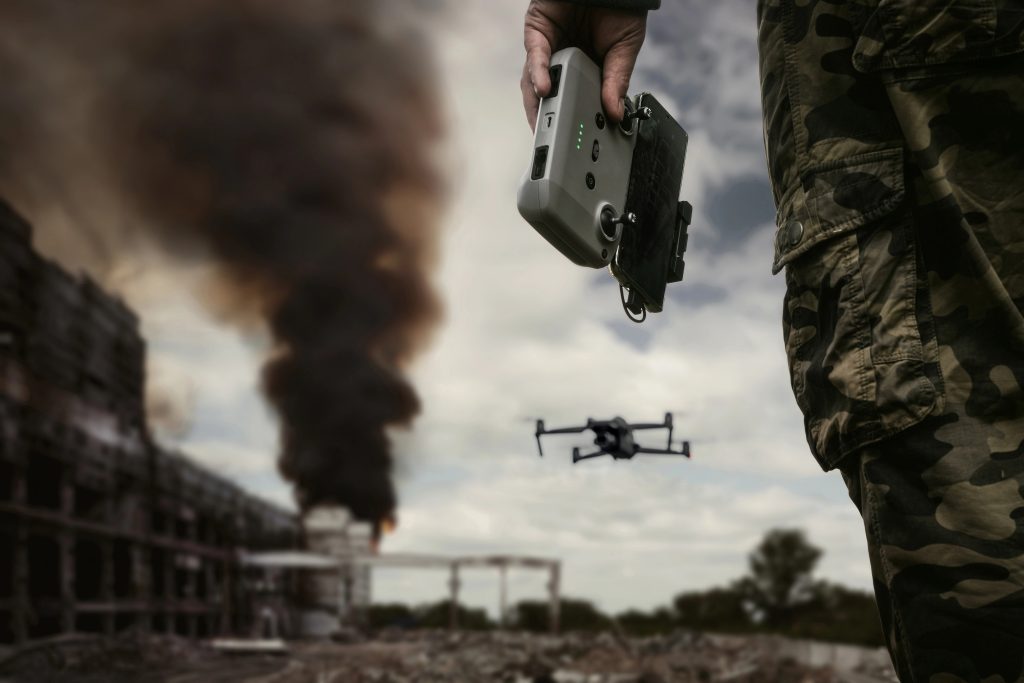
“Million-dollar tanks can be destroyed by two FPV drones that cost $200 each.” That harsh verdict by Serhii Prytula Foundation’s Bohdan Danyliv is no longer a theoretical is the new everyday reality in Ukraine’s war zones. Early in August, video out of the Kharkiv oblast had Ukrainian spotters from the 22nd Mechanized Brigade tracking and hitting Russian tanks with precision-guided UAVs, highlighting how unmanned systems have become integral to warfare today.
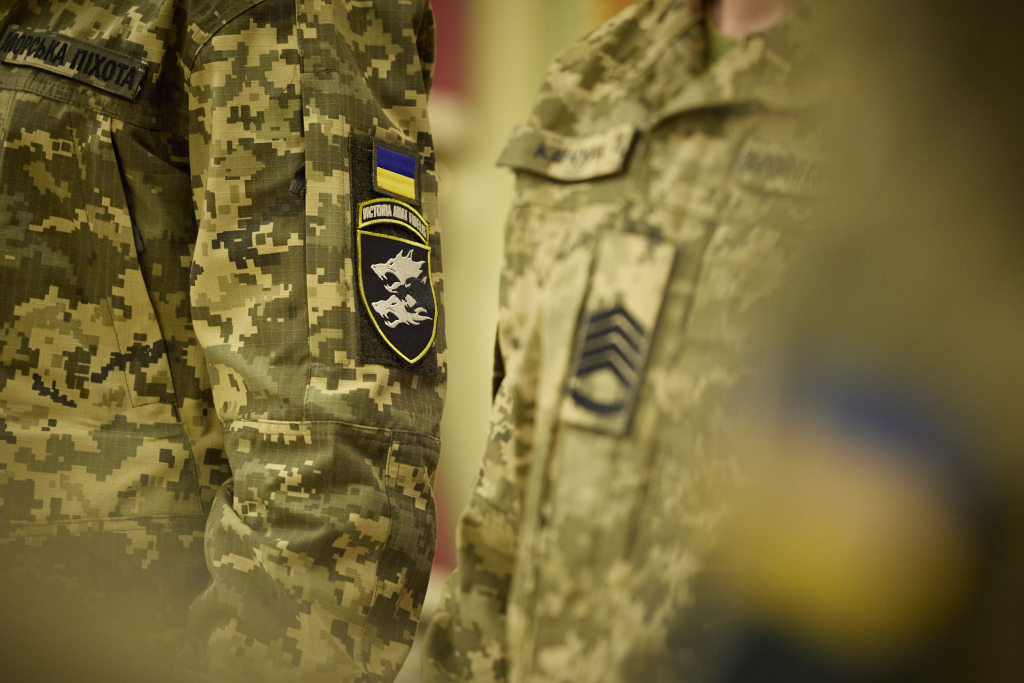
Three years into Russia’s all-out invasion, Ukraine’s military has made necessity the mother of invention. With a larger, better-equipped opponent, Kyiv has centered a warfighting ethos on drones small, fast, and versatile machines that can be deployed in weeks not years. They are more than reconnaissance tools; they are now some of the most deadly weapons of the conflict, influencing tactics, logistics, and morale itself.
From the rise of the “drone wall” to kill-point game-like systems, Ukraine’s strategy is transforming the way wars are fought and analyzed. Here are seven advances that demonstrate the magnitude and complexity of this process.
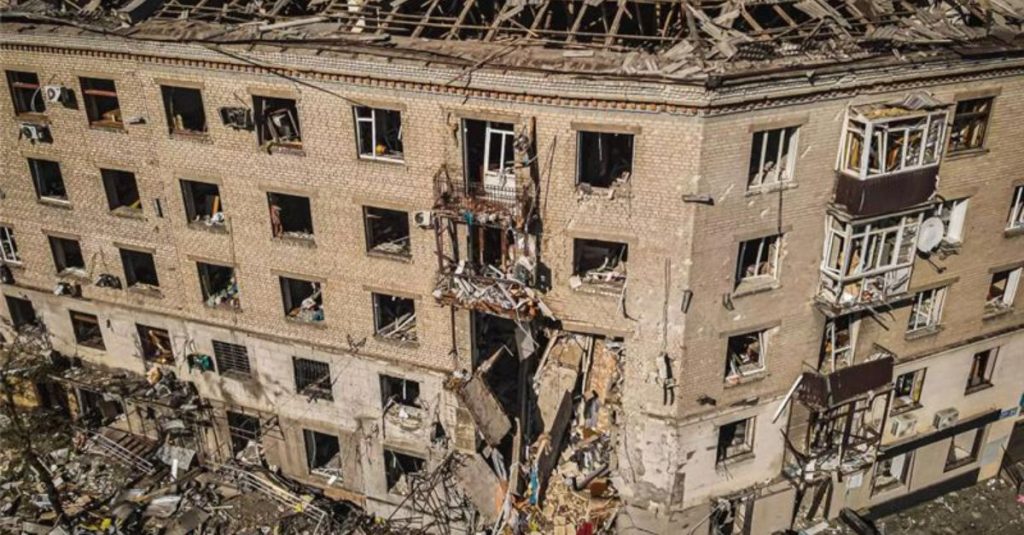
1. Precision Attacks on Russian Armor
The August 4 attack in Kharkiv underscored the increasing effectiveness of small drones against heavy armor. The 22nd Mechanized Brigade published a 21-second compilation of infrared footage of a drone pursuing a tank, and then scenes of two halted Russian tanks presumably one stuck and another being recoveries. Shortly afterward, an FPV drone crashed into its target, incinerating one vehicle. Although a single tank was confirmed destroyed, the attack illustrated how inexpensive drones can disable multi‑million‑dollar assets without jeopardizing crews. These operations have accounted for Russia’s officially reported loss of more than 4,000 tanks, based on visual evidence by Oryx.
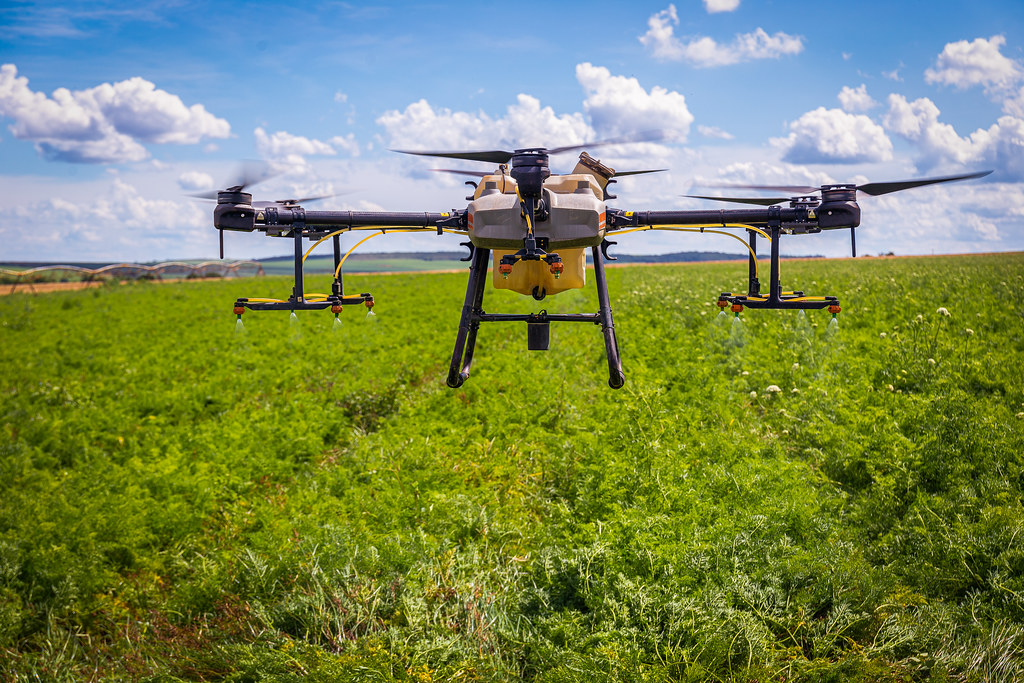
2. Emergence of the ‘Drone Wall’
Ukraine’s multi-layered defensive system of unmanned platforms the so-called “drone wall” has emerged as a strategic bulwark across the 600-mile front. Developed following artillery shortages in 2024, the wall incorporates reconnaissance and strike drones to form kill zones up to 15 kilometers deep, which poses difficulty for Russian forces to concentrate for offensives. The International Institute for Strategic Studies approximated that in 2024 alone, Russian casualties totaled nearly 1,400 tanks and 3,700 armored vehicles, most of them due to drone-based targeting. This pattern is now guiding NATO planning, with six allies and Germany committing their own eastern‑flank drone wall initiatives.

3. Gamifying the Battlefield
With the aim of honing efficiency, Ukraine has introduced the “Army of Drones: Bonus” program, in which points are rewarded for confirmed kills 40 points for a blown-up tank, 50 for a multiple rocket launcher. Mykhailo Fedorov, the country’s Minister of Digital Transformation, refers to it as “the mathematics of war.” Units may trade points for new drones or equipment through the Brave 1 Market, an e‑commerce platform for the military. Fedorov says that 90–95% of combat units are now involved, providing a loop of information, incentives, and resupply. Although it is questioned by some soldiers on grounds of ethics or as stimulating target‑claim controversies, others attribute it with preserving motivation in a war of attrition.

4. Russian Countermeasures and Drone Evolution
Moscow countered with the deployment of fiber‑optic‑controlled FPV drones that are jam‑immune, pushing strike ranges to 50 kilometers with Molniya variants and 110 kilometers with Lancet loitering munitions. These networks have facilitated limited battlefield air interdiction, risking Ukrainian supply lines such as the T0514 highway deep behind the line. Ukrainian forces have improvised with anti-drone nets, electronic warfare, and tactical dispersion, but Russian innovations have stretched contested “grey zones” from less than 2 kilometers in 2024 to up to 10 kilometers in 2025.
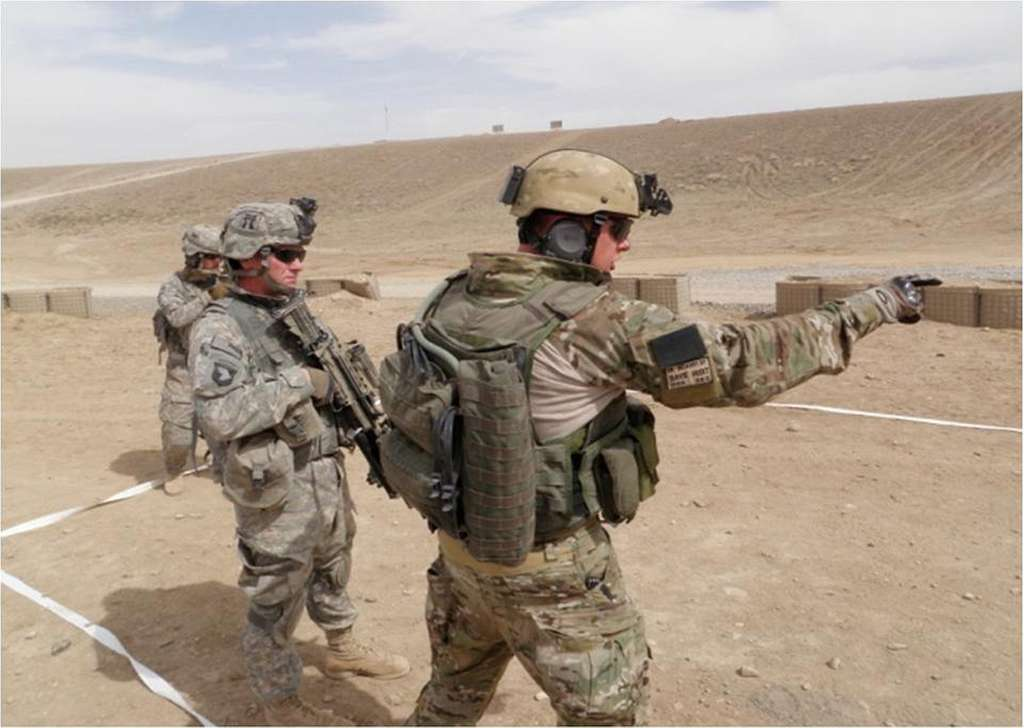
5. The Economics of Asymmetric Warfare
The cost-to-exchange ratio is draconian: an FPV drone built for less than $500 can demolish a tank costing several million dollars. This cheapness enables Ukraine to mass-produce Kyiv wants to make 4 million drones this year alone, including 30,000 long-range ones. As hobbyist quadcopters such as DJI Mavics are tweaked for bombing missions, and racing quadcopters are repurposed as kamikaze machines, the battlefield is awash with precision strike ability previously the exclusive domain of sophisticated militaries.
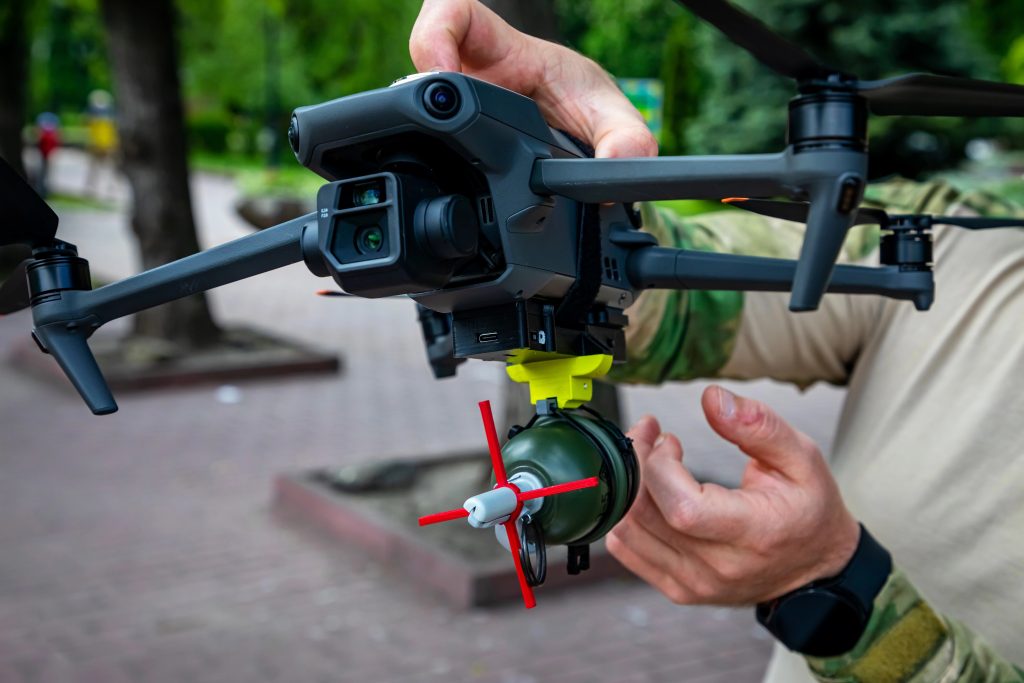
6. Weaknesses and Front Line Lessons
Even with all their potential, FPV drones have reliability and operational challenges. Former foreign volunteer Jakub Jajcay noted that only 20–30% of missions with intended effects occurred when considering aborted flights. Failures were caused by technical malfunction, battery problems, gaps in operator training, and widespread electronic warfare. Enemy jamming alone destroyed approximately 31% of his unit’s drones. These facts moderate the tale of drones as a magic bullet, highlighting the necessity for improved quality control, uniform training, and innovations such as digital signal transmission or fiber‑optic control.

7. Strategic and Psychological Impact
Drones have obscured the distinction between front and rear, extending the war’s brutality deep into cities and infrastructure. Russia’s nightly drone barrages from Shahed-type aircraft are designed to drain morale, while Ukraine’s long‑range attacks strike at refineries and depots within Russia. The unremitting hum overhead has become a psychological tool, changing civilian behavior and compelling militaries to rethink cover and travel. As Robert “Magyar” Brovdi, commander of Ukraine’s Unmanned Systems Forces, cautioned NATO, “No country can defend a city attacked by 500 Shaheds each day for a week.
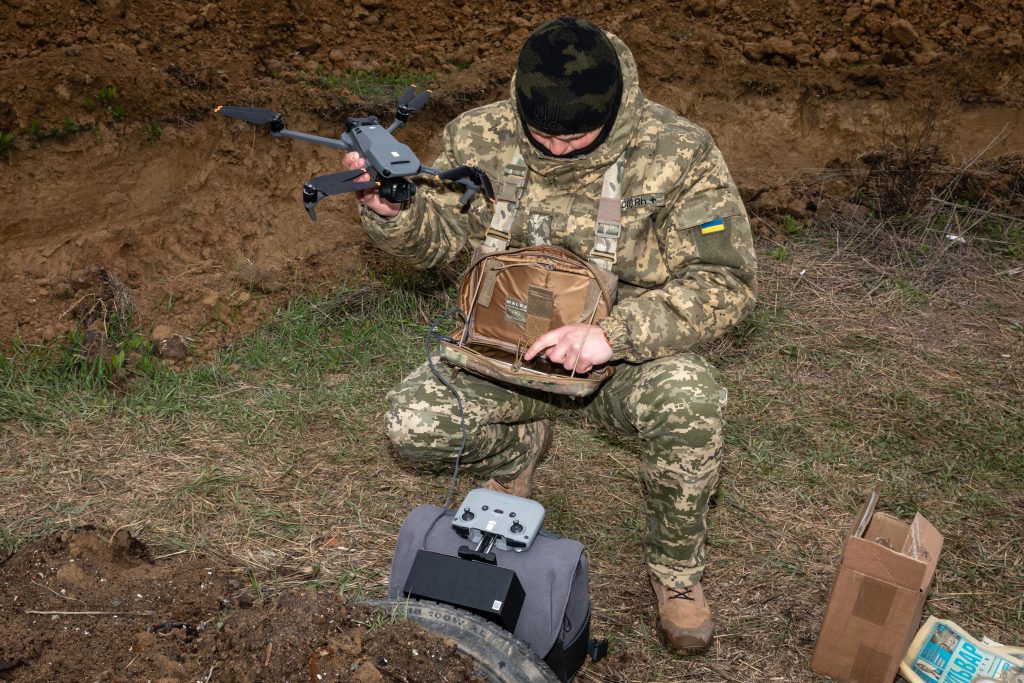
Ukraine’s drone war is not merely a side story of the war with Russia it is an open-air laboratory for the future of war. The dynamic interplay of low-cost innovation, snap adaptation, and countermeasure escalation is rewriting doctrine that has been in place for decades. Whether as a gamified kill system, a 15‑kilometer‑deep drone wall, or a $200 device that brings down a tank, the takeaways from Ukraine will influence how forces across the globe prepare to fight the wars of tomorrow.
